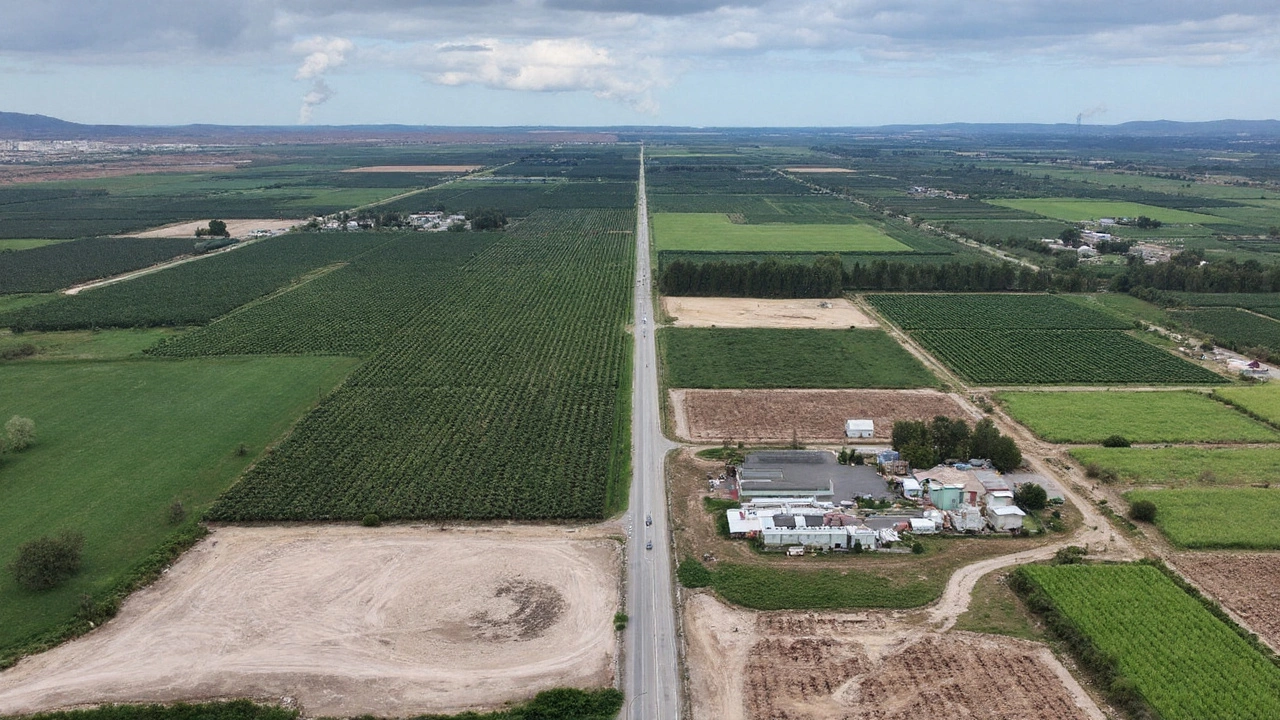Energy & Markets: What’s Happening in South America’s Gas Game?
If you’ve been watching energy news, you’ve probably heard that Argentina is now sending natural gas to Brazil. It’s a big deal because Argentina used to import gas, not export it. The gas moves through Bolivia’s pipeline network, tapping the huge Vaca Muerta shale field. Early shipments are about 2 million cubic metres a day, but the system can handle up to 30 million. That’s a game‑changer for the whole region.
Why Argentina’s Export Switch Matters
First off, the shift flips the old balance of power. Argentina used to rely on neighbors for fuel, but now it’s a supplier. That gives the country more bargaining power and a new source of revenue. For Brazil, the extra supply means cheaper gas prices and less dependence on other imports. Bolivia benefits too – it earns transit fees for letting the gas flow through its pipelines, turning a former bottleneck into a cash‑flow line.
Second, the Vaca Muerta field is one of the world’s largest shale gas reserves. Turning that resource into export‑ready gas shows the region can move from just extracting to actually trading energy. It also signals that the infrastructure needed for large‑scale gas movement is finally in place, which could attract more investors looking for stable, long‑term returns.
What This Means for Energy Markets
From a market perspective, the new flow adds competition. More gas on the table can push down prices across South America, which is good news for consumers and energy‑intensive industries. It also forces other producers to up their game – either by cutting costs, improving technology, or finding new export routes.
Traders are already watching the daily volumes. If Argentina ramps up to the 30 million m³/day ceiling, the supply cushion could reshape contract negotiations for years. Expect more flexible pricing deals and a shift toward spot market trades as buyers chase the best rates.
Beyond the numbers, the story highlights how geopolitical shifts affect energy flows. Bolivia’s role moves from a passive conduit to an active fee‑collector, giving it a stronger voice in regional talks. That could lead to new agreements on pipeline upgrades, safety standards, and even joint investments in renewable projects that complement the gas network.
For anyone interested in the energy sector, this is a reminder to keep an eye on policy changes, infrastructure projects, and market data. The South American landscape is moving fast, and what looks like a simple gas shipment today could be the start of a broader energy transformation tomorrow.
So, whether you’re a trader, an investor, or just a curious reader, the takeaway is clear: Argentina’s gas exports are reshaping the Energy & Markets arena in ways that matter for prices, power balances, and future opportunities. Stay tuned – the next few months will reveal just how deep these changes go.
Argentina Gas Exports to Brazil Begin via Bolivia, Redrawing South America's Energy Map
Argentina has started sending natural gas to Brazil through Bolivia’s pipeline network, a first for the region. The flow uses gas from Vaca Muerta and marks a sharp turn from Argentina’s past as a net importer. Early daily volumes are 2 million m³, with room to scale under a 30 million m³/day framework. Bolivia shifts to earning transit fees, and Brazil gains a new, competitively priced supply.
Arlan Whitlock | Sep, 10 2025 Read More
